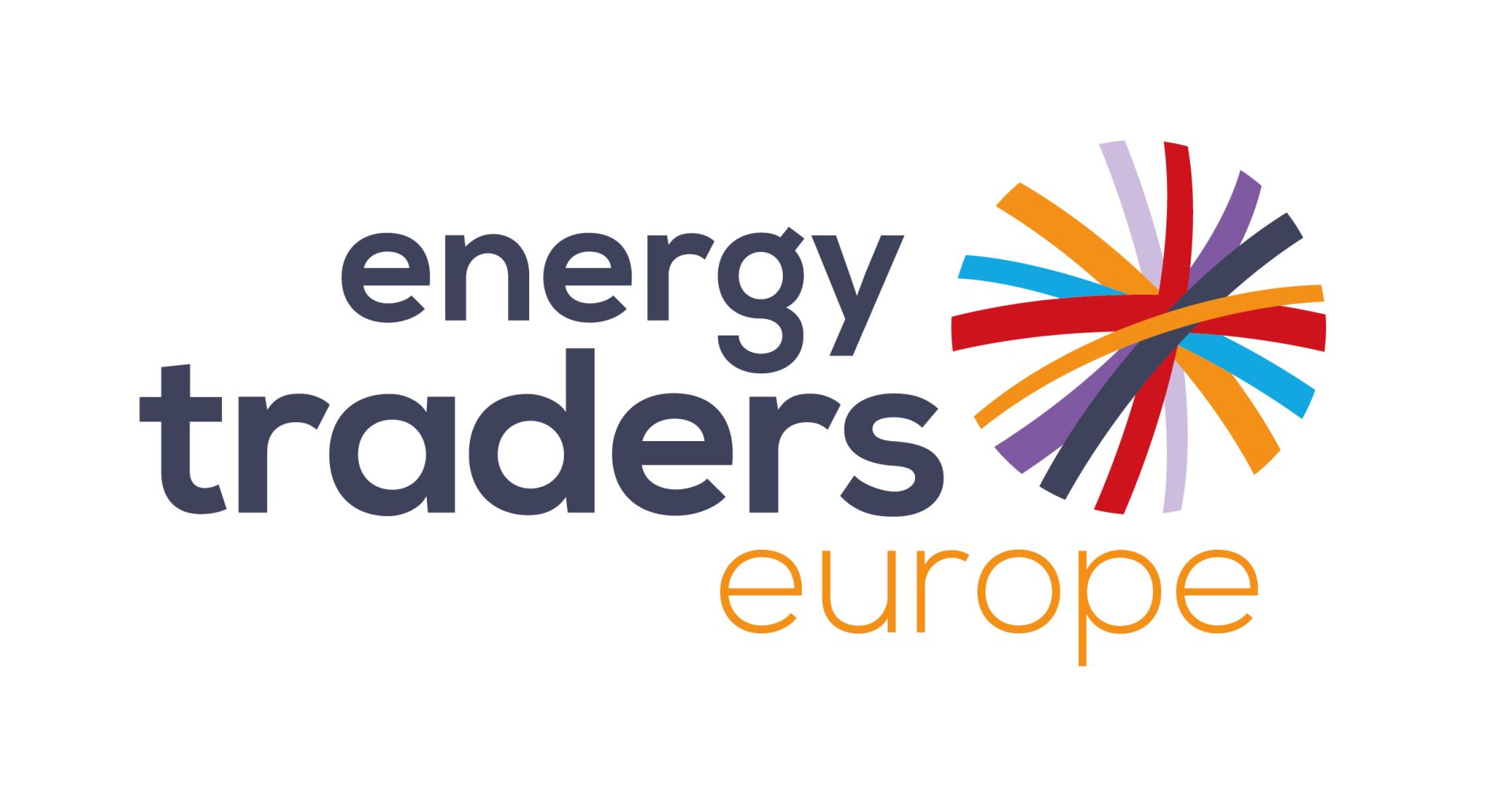If you want to become a successful energy trader in Europe, you need more than just quick reflexes and a love for numbers, then you need to understand the markets you’re trading in.
Europe’s power and gas markets are some of the most complex in the world, shaped by geopolitics, renewables, and the constant balancing act between supply and demand. This article breaks down the fundamentals every aspiring trader should know.
Physical vs. Financial Trading
Energy trading can take two forms:
Physical trading involves the actual delivery of electricity or gas, ensuring that homes, industries, and cities get the energy they need.
Financial trading is purely speculative, with traders using futures, forwards, and options to hedge risks or profit from price movements without touching a single kilowatt-hour.
Most professional traders in Europe interact with both, depending on their employer’s strategy.
Key Marketplaces: Where the Action Happens
Europe’s energy trading takes place on specialized exchanges:
- EEX (European Energy Exchange) in Leipzig: the largest marketplace for power, gas, and carbon products.
- Nord Pool: covering Nordic and Baltic markets, and expanding into Central Europe.
- ICE (Intercontinental Exchange) in London: a major player for gas, power, and carbon futures.
Each exchange has its own products, but they all enable transparent price discovery and risk management.
Spot vs. Forward Markets
Traders need to operate in different timeframes:
Spot markets: trading energy for immediate or next-day delivery. Prices here are highly volatile, driven by weather and sudden demand shifts.
Forward/Futures markets: contracts for weeks, months, or years ahead. These allow companies to lock in prices and protect against uncertainty.
Balancing both markets is key to managing risk and finding profit opportunities.
Price Drivers You Must Watch
Energy prices in Europe move fast. Some of the most influential factors include:
Weather forecasts: wind and solar output can swing prices within hours.
Geopolitics: conflicts, sanctions, and pipeline flows directly affect gas supply.
Storage levels: gas and electricity storage dictate resilience during winter peaks.
Carbon prices: under the EU ETS, emitting carbon has a cost, influencing generation mix.
Lessons from Recent Events
Europe has experienced several shocks that highlight market complexity:
2021–2022 gas crisis pushed prices to historic highs due to supply disruptions.
Surges in renewable output have repeatedly sent spot power prices into negative territory.
Cross-border trading has created opportunities, but also risks, as countries rely on neighbours for balancing.
Final Thoughts
Understanding the structure and dynamics of Europe’s power and gas markets is the first step toward becoming a great energy trader. Once you grasp where trading happens, what products are used, and what drives prices, you can start developing strategies to navigate volatility and seize opportunities.
For aspiring traders, mastering these fundamentals is like learning the rules of the game — before you start playing at professional speed.

